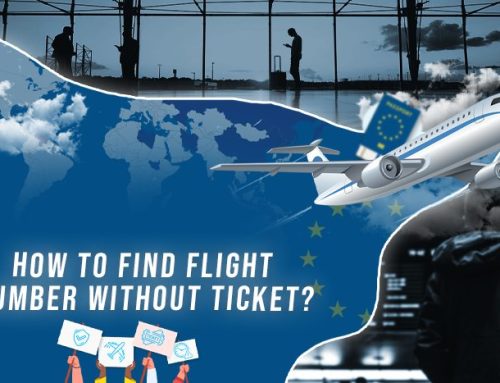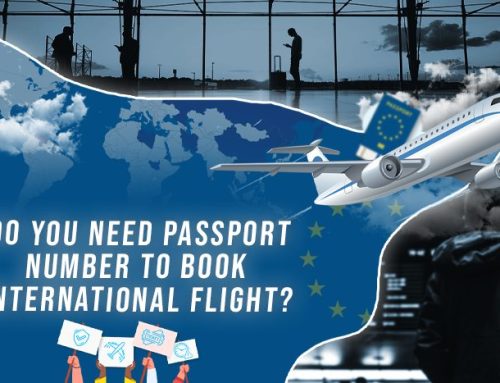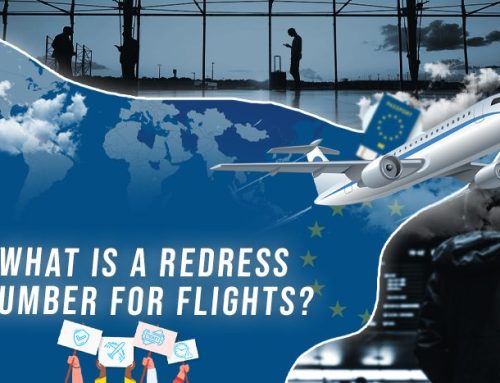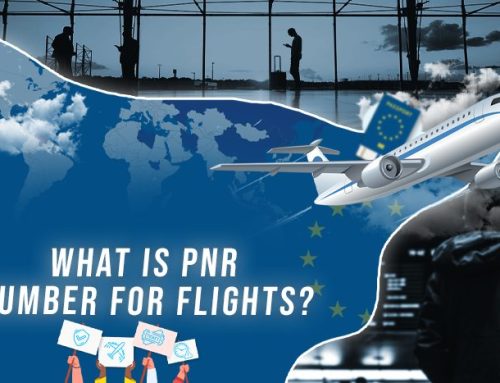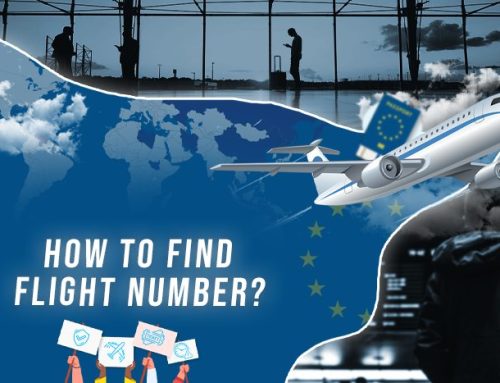There were a lot of restrictions put in place following the events of September 11, 2001, in the United States. Not only was security tightened in airports, but the United States also put in place some flight-restricted zones in and around Washington, D.C.
There are places that planes cannot fly, including over the White House. If planes have a reason to do so, they can obtain special clearance. If they don’t, they could lose their license and face other consequences. Here’s all you need to know about flying over Washington, D.C.
Key Takeaways
- Following the September 11, 2001 terrorist attacks in the United States, stringent security measures were implemented in and around Washington, D.C. to protect important landmarks like the White House and the National Mall.
- Washington, D.C. has designated flight-restricted zones, including Protected Area 56, covering airspace over the White House, National Mall, Naval Observatory, and the vice president’s residence. Only government agency aircraft can fly in this zone without clearance.
- There is a 33-mile radius around Washington, D.C. where planes cannot fly without advanced clearance, an altitude-encoding transponder, a special call sign, and direct contact with air traffic control. Failure to comply can lead to serious consequences for pilots, including suspension, license revocation, and fines.
- Pilots intending to fly near Washington, D.C. must maintain communication with air traffic control and adhere to all regulations to avoid violations and potential military interceptions if deemed a threat.
- Some of these flight restrictions have been in place for over 50 years, emphasizing the continued significance of safeguarding the nation’s capital and its critical institutions from potential airborne threats. However, readers should be aware that regulations may evolve over time, and it’s essential to consult official sources for the latest information.
What Flight Restrictions Are in Place Over Washington, D.C.?
It is suspected that United Flight 93 was intended for Washington D.C., perhaps even the White House before it crashed in a field. As a result, restricted airspace was put into effect over and around Washington, D.C. There are different spaces with different protections.
One is Protected Area 56, and it includes the airspace over and around the White House, National Mall, the Naval Observatory, and the vice president’s residence. This has been in place for more than 50 years and is expected to stay in place. Only planes that are part of government agencies, including the Secret Service and the Office of the President, can fly in this space below 18,000 without clearance.
There is also a flight-restricted zone that extends about 17 miles around Ronald Reagan Washington National Airport. Only scheduled commercial flights are allowed in and out of the flight-restricted zone without a waiver. If you have questions about where you can fly, it’s best to check prior to taking off.
What is the Special Flight Rules Area in Washington, D.C.?
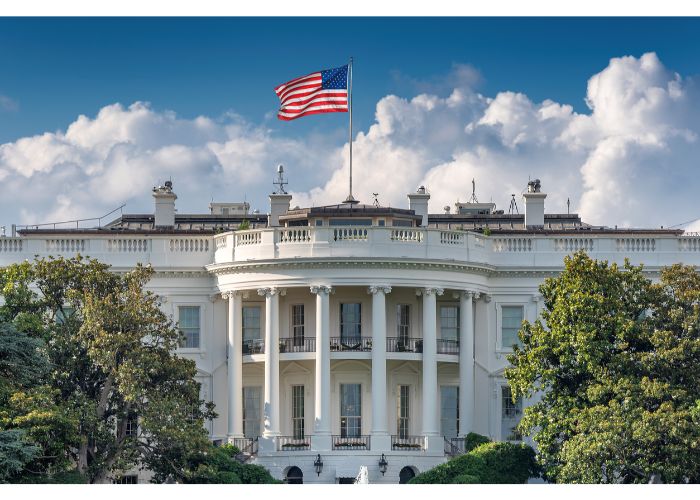
There is about a 33-mile radius around Washington D.C. that planes cannot fly without special clearance. These requirements include:
- Advanced clearance from the FAA to fly into, within, or out of the restricted area.
- Altitude-encoding transponder in operation.
- Special four-digit call sign or registration number
- Direct contact with air traffic control during the flight
Failure to adhere to these requirements can land pilots in a lot of trouble, including suspension, loss of license, fines, and other civil actions. This is just from the government. Other agencies could also pursue charges if needed.
Conclusion
Airplanes cannot fly over the White House. It is a no-fly zone. This is partially because of the results of September 11, 2001, and also partially because of its importance as the seat of government in the United States. Some of the restrictions have been in place for more than 50 years.
If pilots are caught in this airspace, they can get in trouble and even lose their licenses, among other serious consequences. If it is suspected to be a threat, the planes could be intercepted by the military. At the end of the day, as long as you communicate with air traffic control and adhere to the rules in place, you should have no problem flying near the White House – just don’t fly over it!
Frequently Asked Questions
-
Can private planes or non-government aircraft fly over the White House and other restricted areas in Washington, D.C.?
No, private planes and non-government aircraft cannot fly over the White House and other restricted areas in Washington, D.C. The airspace over and around the White House, National Mall, Naval Observatory, and the vice president’s residence is part of Protected Area 56, and only government agency aircraft, including those from the Secret Service and the Office of the President, can fly in this space below 18,000 feet without clearance.
-
How can pilots obtain special clearance to fly within the Special Flight Rules Area around Washington, D.C.?
Pilots seeking to fly within the Special Flight Rules Area around Washington, D.C. must adhere to specific requirements, which include obtaining advanced clearance from the FAA, having an altitude-encoding transponder in operation, using a special four-digit call sign or registration number, and maintaining direct contact with air traffic control during the flight.
-
Are there any exceptions to the flight restrictions around Ronald Reagan Washington National Airport, and what type of flights are allowed in the restricted zone?
There are exceptions to the flight restrictions around Ronald Reagan Washington National Airport. Only scheduled commercial flights are allowed in and out of the flight-restricted zone without a waiver. Other types of flights, including private and non-commercial flights, would require special permission and clearance to operate within this zone.
-
What are the potential consequences for pilots who violate the flight restrictions over Washington, D.C.?
Pilots who violate the flight restrictions over Washington, D.C. can face serious consequences. These consequences may include suspension of their pilot’s license, fines, and other civil actions. Additionally, other government agencies may also pursue charges if deemed necessary.
-
Have there been any attempts to breach the flight-restricted zones since they were put into effect, and how were such incidents handled by authorities?
The article did not provide specific information about any attempts to breach the flight-restricted zones since their implementation. However, it is known that authorities take violations of these restrictions very seriously, and any unauthorized aircraft found in these areas could be intercepted by the military and the pilots subject to legal actions and penalties.



